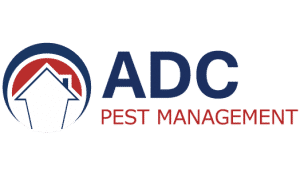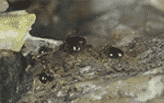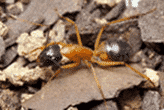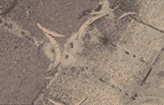Ants
Ants
Cockroaches
Control Methods
Guidelines
Product Pests
Rats & Mice
Risk Management
Spiders
Termites
Training
Weed Management
GENERAL
Ants are often regarded as pests mostly because of the unsightly mounds they leave along pathways, the excavations under driveways and the constant invasion in kitchen areas.
As well as being a general nuisance, ants may present a health risk. As ants commonly scavenge in kitchens, garbage cans, dog excretement and other possible sources of disease, there have been known instances of them carrying disease organisms.
TREATMENT DETAILS
The lack of hygiene and sanitation in and around buildings influences the likelihood of infestation by scavenging ants. Inside a property, all areas should be free of food particles coastalvwhich typically include kitchen bench surfaces, shelves, drawers and floors.
Outdoors, the area should be free of food sources such as bones, pet bowls and drink cans. Control of an ant problem will be most effective if good hygiene and sanitation methods are integrated with the application of liquid pesticides, ant baits, dusts and attractants.
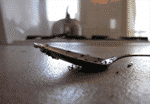
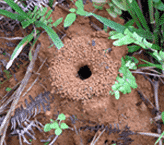
IDENTIFICATION
There are about 60 species of Iridomyrmex in Australia. They often build large nests underground with sand or gravel mounded around the entrances to the nest. Iridomyrmex species are often involved in mutually beneficial (symbiotic) relationships with caterpillars. The caterpillars provide sugary fluid for the ants in return from protection from predators. Workers have strong jaws – they do not sting but can give a painful bite.
IDENTIFICATION
This light brown species is dimorphic, with small minor workers (length 1.5 – 3.0 mm) and larger major workers (length 3.5 – 4.5 mm) with massive darker heads. There are many native species that closely resemble the Coastal Brown Ant and require specialist identification to tell apart.
IDENTIFICATION
This light brown species is dimorphic, with small minor workers (length 1.5 – 3.0 mm) and larger major workers (length 3.5 – 4.5 mm) with massive darker heads. There are many native species that closely resemble the Coastal Brown Ant and require specialist identification to tell apart.
IDENTIFICATION
These worker whitefooted house-ants are 2.5 to 3.0mm long. The body is elongate and shiny black with pale tarsal segments on the legs.
